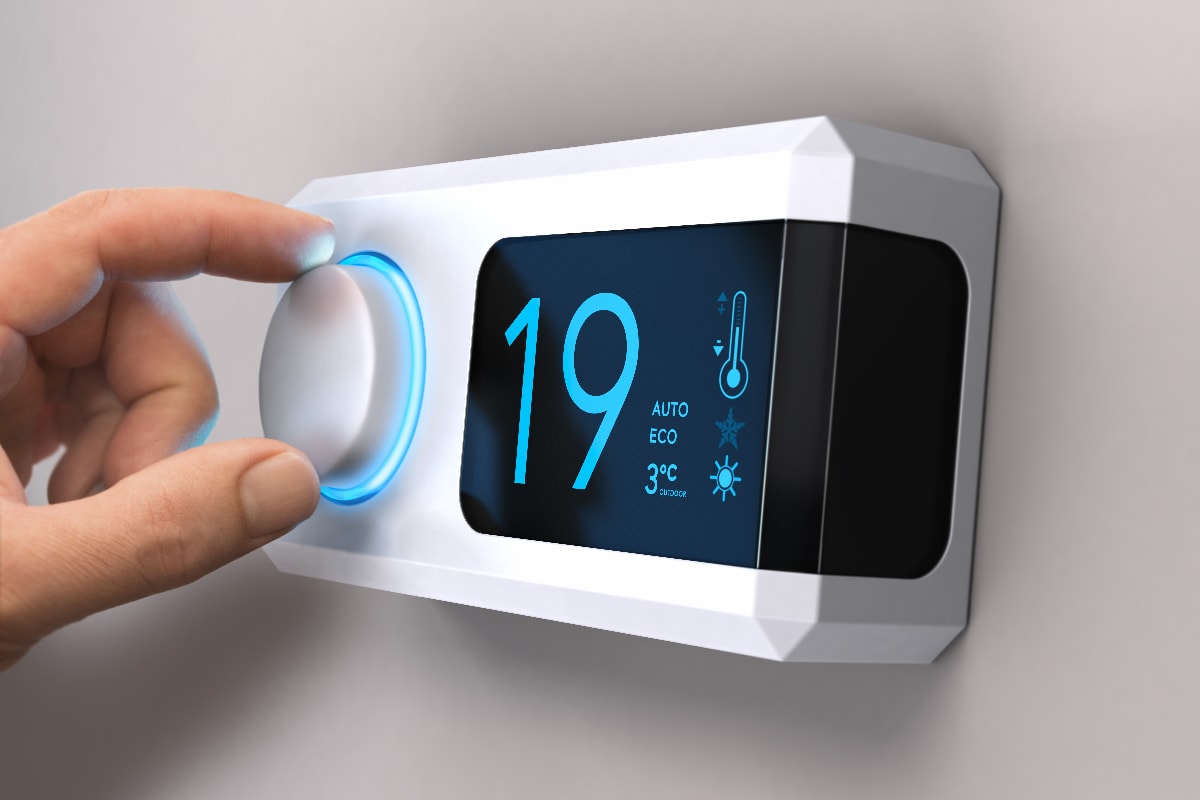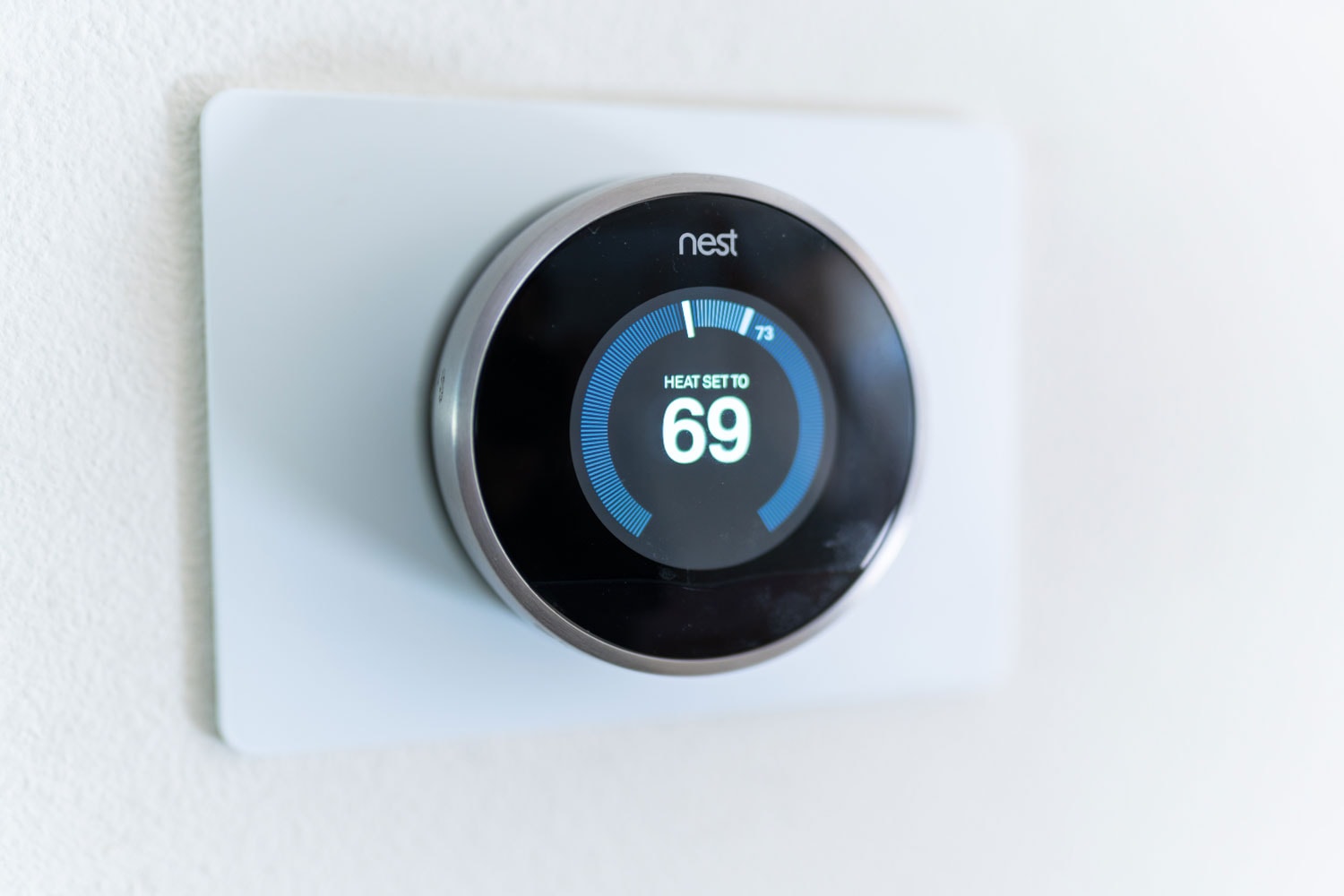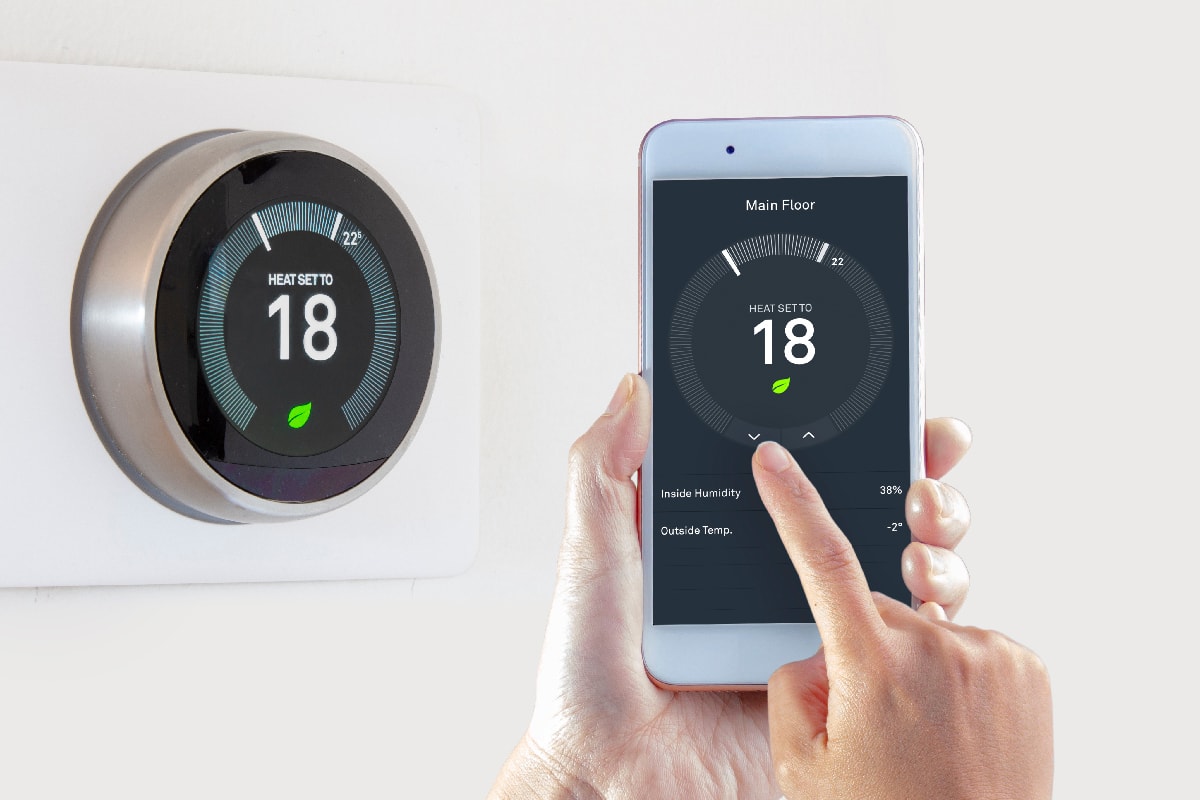In this digital age, companies have developed smart thermostats which adjust the temperature automatically. It would be best if you chose the one best for you. We've compared the two most popular thermostats, and here's what we find out.
Mysa and Nest are the two most popular smart thermostats available. Both are designed to manage your heating and air conditioning units efficiently. It is best to assess the heating system in your home as these two are not interchangeable concerning the voltage they handle.
Now that you know which thermostat is best for your home let's dig deeper into the details of the different thermostats. Read on as we help you choose the perfect smart system for your home.

What Are Thermostats?
Thermostats have been around for decades, and adjust your home's temperature. But gone are the days when you must wake up in the middle of the night to adjust the thermostat because it has been too cold or too hot.

Thanks to technology, thermostats have improved to a point where they can learn about your day-to-day activities and automatically adjust the temperature accordingly.
Smart thermostats connect to the Wi-Fi network, allowing you to control them via your mobile phone. They also set sensors around the house to learn patterns to set a comfortable temperature for you.
Benefits Of Smart Thermostats
Convenience is the top benefit once you acquire a smart thermostat. Who would've thought we could control home thermostats away from home? It saves a lot of time, especially if you always forget to turn off the AC before leaving home.
Similarly, you can set your home's cooling for comfortable temperatures before you get home. Studies show that installing quality smart thermostats is excellent for your electric bills. Some developers claim you can reduce your bills by up to 23%, which is a lot translated to cash.
One feature that contributes to the savings is that they can detect whether the space is occupied. So once everyone leaves the room, it automatically turns off and saves energy. Fantastic technology, right?

Nest Vs. Mysa
Smart thermostats may cost around $100 to $500, depending on the model and brand. They are pretty easy to install but keep in mind the additional costs. Two of the most promising smart thermostats are Nest and Mysa.
Nest is suited for low-voltage heating systems such as oil furnaces and home heat pumps. Mysa, on the other hand, can handle heating systems with higher voltages (120V-240V). It is capable of handling electric baseboard heating and some convection heaters.
Let's look at them more closely.
Nest Thermostat

The brains behind the iPod and iPhone, Tony Fadell, developed the Nest thermostat to reduce energy consumption and improve the efficiency of the existing thermostats.
Most smart thermostats allow you to set and monitor the temperature remotely through the app. But Nest has innovative and energy-saving technology, which sets it apart. Nest is compatible with several existing HVAC systems thus, makes it easier to install.
It has improved manual thermostats, which learn your everyday routine and create a schedule to fit your home. Interestingly, this device connects to Wi-Fi, collects data about the weather in your area, and adjusts the temperature accordingly.
It also displays a green leaf to indicate that your HVAC is running at energy-saving settings. This information can guide you to make energy-saving decisions and save a few bucks.
A set of Nest with temperature sensors is available on Amazon; check it out.
Disadvantages Of Nest
Although it is tempting to get the Nest, its price may make you think twice. It costs $249, twice as much as other established smart thermostat brands such as Honeywell and Ecobee.
Some non-programmable thermostats can even cost around $50. Investing in this device will be a lifetime commitment that you might have to make.
Mysa

Like Nest, Mysa is one of the most sought-after brands of smart thermostats. It is popular mainly because it can work with high voltage electric baseboards, in-wall heaters, and electric in-floor systems. All the other brands only handle 24VAC HVAC systems, while Mysa is compatible with 120V to 240V heaters.
Like other smart thermostats, you can control Mysa through its mobile app and share access so others can also control it. It also automates your home heating that custom fits your daily activities. It works well with Alexa, Hey Google, and Apple Homekit, so you can conveniently adjust the temperature using a voice command.
The device generates energy reports to inform you how much you spend and save. It claims to save up to 26% of your electricity bill. Not bad, right?
Check out Mysa on Amazon and get a great deal!
Disadvantages Of Mysa
The minimalist design of Mysa may limit the amount of data it can display in one go. It may be unpleasant for those keen on monitoring their energy savings. Additionally, it is not compatible with Samsung SmartThings and has complicated wiring, which may be a little challenging to install.
When Is A Smart Thermostat A Bad Choice?
Owning a smart thermostat looks like the best thing for your home. However, certain conditions may not precisely be favorable for you. Thermostats only work well if your heating/cooling system relies on a furnace or air conditioning.
Smart thermostats might not be your best option if you use steam, hot water radiators, or even radiant floors. They adjust the temperatures automatically to save up energy even without noticing. This process is called "setbacks."
However, unlike furnaces that use air to transfer heat immediately into your home, radiators work by controlling heat loss. Thus, it takes a little longer to heat or cool the area. Some radiant floors take up to several days to warm up to the right temperature.
Smart thermostats will have a problem performing setbacks in these conditions and may not help you save energy in the long run. The main selling point of smart thermostats is to save on your electricity bills. Yet, installation can cost as much as $1000. It wouldn't make sense if, cumulatively, you only have about $100 electricity savings per year!
Features To Look For When Buying Thermostat

With several smart thermostats available in the market, it may be challenging to choose the perfect one. Here, we have identified the key features to check out when picking a smart thermostat.
- It is highly efficient to install a thermostat with sensors that learn your daily activities and adjust the cooling or heating accordingly. They have pattern recognition which detects when you are away and then sets the HVAC system to save energy.
- App and voice control. Having control of your mobile phone is one thing. But giving instructions to your thermostat verbally is a lot more convenient to help reduce exposure to blue light before going to sleep.
- Geofencing is a feature that sets a virtual border around your home and triggers the heating and cooling system when you cross it. It relies on GPS that tracks your phone. It is one of the cost-saving features which you may need to look for.
- Another feature is a filter change alert reminder that reminds you when to change the air conditioning unit's filter. This can help you to avoid skipping preventive maintenance on your HVAC systems.
- Another excellent feature is zone heating. It can set up the different temperatures in different areas in the house depending on the activity. It can turn off heating and cooling systems in areas without occupants.
Tips To Consider Before Buying A Smart Thermostat
As a general rule of thumb, do your research before buying anything. You don't want to buy a smart thermostat that does not fit your needs.
- Do not buy any device unless you know it is compatible with your heating system. The compatibility checker for Nest ensures that you can confidently install the device into your system. Similarly, Mysa has its checker for assessing whether it is best suited for your home.
- Make sure your home is Wi-Fi-ready. Remember that the essence of using the device is to be able to control the thermostat remotely. You cannot do this without logging in to the network.
- Have your smartphones, tablets, and computers where you need to install apps to control and monitor your heating systems.
Wrapping Things Up
Both Nest and Mysa are incredible innovations that allow you to control the heating and cooling systems remotely and save up on energy.
However, Nest is designed for low-voltage heating systems, while Mysa works well with high-voltage ones. There are a lot of benefits to using smart thermostats, and with a wide range of products available, you can choose which perfectly fits you.
If you found this post insightful, be sure to check out our other posts:
How To Keep Nest Thermostat From Changing Temperature


